Analys
Europe’s energy policy unravels a potential advantage for US energy over Europe
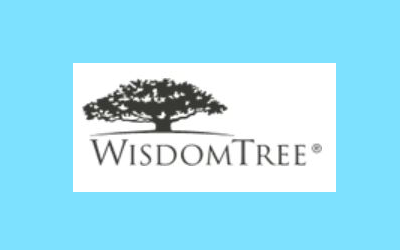

The clock is ticking for Europe to shield its economy amidst the current energy crisis. The cost of electricity across the European bloc is nearly 10 times the 10-year average in response to Russia cutting back natural gas supplies in retaliation to sanctions. There has been a substantial increase in the share of supply of Liquidifies Natural Gas (LNG) and alternative suppliers as a direct replacement of waning Russian gas supply.
Figure 1: Natural gas flows in the European market, first half 2022 versus first half 2021
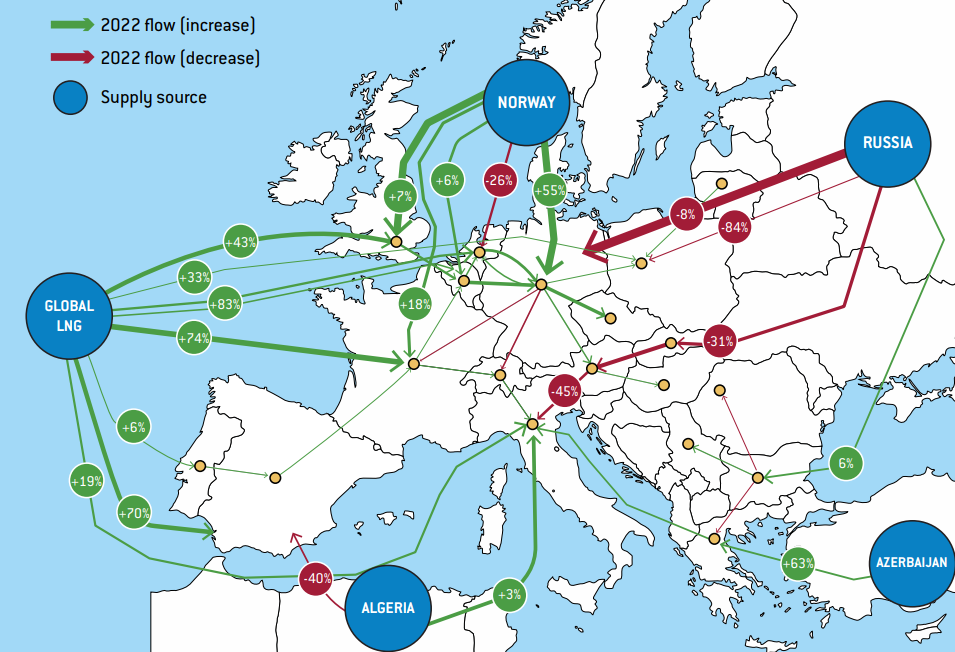
European leaders are racing to come up with a plan on energy intervention in the power markets. One of the measures being touted is imposing an energy windfall tax on oil and gas profits to help households and businesses survive this upcoming winter season. The plan is to re-channel these unexpected profits from the energy sector to help domestic consumers and companies pay these high bills. The windfall tax on the oil and gas companies should be treated as a “solidarity contribution,” according to European Commission (EC) President, Ursula von der Leyen.
Imposing a windfall tax on those profiting from the war
A windfall tax would impose a levy on the revenues generated by non-gas producing companies when market prices exceed €200 per megawatt hour (Mwh) and redistribute excess revenues to vulnerable companies and households. There has been greater consensus among other European Union (EU) countries on the windfall tax compared to other parts of the European Commission’s 5-point plan. This includes – setting a price cap on Russian gas, a mandatory reduction in peak electricity demand, funding for ailing utility companies, a windfall tax on fossil fuel companies and changes to collateral requirements for electricity companies. The EC’s plan will need to meet the approval of the bloc before being enforced. The most controversial issue remains the Russian price cap – aimed at penalising Russia for weaponising energy.
Coordinated energy policy needed despite different energy mix across EU bloc
There are major differences between member states based on those that rely on coal, nuclear or renewable power owing to which imposing a one energy policy will be challenging. Austria, Hungary, and Slovakia, known to import large amounts of Russian gas are against the price cap on Russian gas. On the other hand, a number of EU countries including France, Italy, and Poland, support a cap, but argue it should apply to all imported forms of the fuel, including LNG. Germany is undecided but fears the disagreements on the price caps risk spoiling EU unity. Spain, a big generator of wind and solar power was quick to draw criticism of the proposed €200/Mwh as it does not correspond to the real costs and fails to support electrification and the deployment of renewables.
In the US, various Senators including Senate Finance Chair Ron Wyden, have proposed legislation that would double the tax rate of large oil and gas companies excess profits. However, given the current political climate it seems increasingly unlikely that these proposals would gain any traction in Congress.
Europe’s energy policy likely to put a strain on capex in the near term
Since the oil price plunge from 2014 to 2016 alongside climate change awareness and Environmental Social and Governance (ESG) mandates, the energy sector saw a sharp decline in capital expenditure (capex). Since then, capex in the global energy sector has failed to attain the levels last seen at the peak in 2014. While capex trends in Europe’s energy sector had begun to outpace that of the US, driven mainly by a rise in the share of spending on clean energy, we believe the impending energy crisis and energy policy including the national windfall levies in Europe are likely to disincentivise capex in Europe compared to the US over the medium term. High prices are encouraging several countries to step up fossil fuel investment, as they seek to secure and diversify their sources of supply.
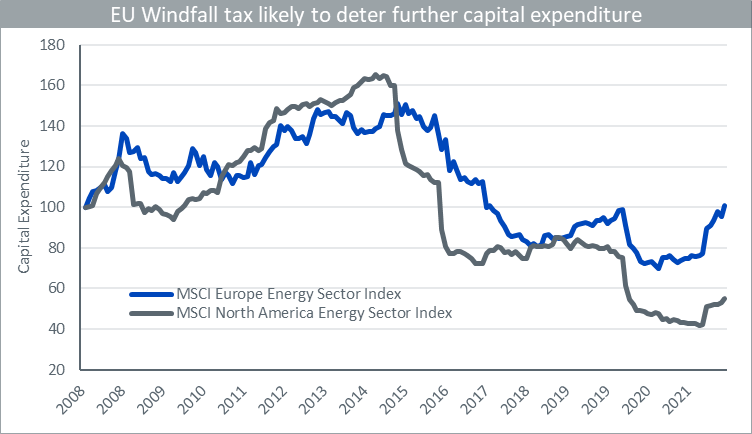
The divergent energy policies and prevalent supply situations in the US and Europe opens up a potential opportunity in the energy sector. The energy sector has been the unique bright spot in global equity markets in 2022 posting the strongest earnings results in H1 2022. Despite its strong price performance, the US energy sector trades at a price to earnings (P/E) ratio of 8x and has a dividend yield of 3%. In September 2008, the energy sector had a 12.5% weight in the S&P 500 and was the fourth largest sector by market capitalisation in the world’s largest economy and equity market. Fast forward to today, the energy sector accounts for only 4% of the S&P 500 Index. While the future trajectory is greener, the world has come to terms with the fact that we will require oil and gas in the interim in order to fulfil our energy requirements. Investment is increasing in all parts of the energy sector, but the main boost in recent years has come from the power sector – mainly in renewables and grids – and from increased spending on end-use efficiency. As Europe plans to reduce its reliance on Russian energy supply, it will become more reliant on US LNG imports. This should fuel further investment in the US energy sector in the interim.
Aneeka Gupta, Director, Macroeconomic Research, WisdomTree
Analys
Crude stocks fall again – diesel tightness persists

U.S. commercial crude inventories posted another draw last week, falling by 2.4 million barrels to 418.3 million barrels, according to the latest DOE report. Inventories are now 6% below the five-year seasonal average, underlining a persistently tight supply picture as we move into the post-peak demand season.

While the draw was smaller than last week’s 6 million barrel decline, the trend remains consistent with seasonal patterns. Current inventories are still well below the 2015–2022 average of around 449 million barrels.
Gasoline inventories dropped by 1.2 million barrels and are now close to the five-year average. The breakdown showed a modest increase in finished gasoline offset by a decline in blending components – hinting at steady end-user demand.
Diesel inventories saw yet another sharp move, falling by 1.8 million barrels. Stocks are now 15% below the five-year average, pointing to sustained tightness in middle distillates. In fact, diesel remains the most undersupplied segment, with current inventory levels at the very low end of the historical range (see page 3 attached).
Total commercial petroleum inventories – including crude and products but excluding the SPR – fell by 4.4 million barrels on the week, bringing total inventories to approximately 1,259 million barrels. Despite rising refinery utilization at 94.6%, the broader inventory complex remains structurally tight.
On the demand side, the DOE’s ‘products supplied’ metric – a proxy for implied consumption – stayed strong. Total product demand averaged 21.2 million barrels per day over the last four weeks, up 2.5% YoY. Diesel and jet fuel were the standouts, up 7.7% and 1.7%, respectively, while gasoline demand softened slightly, down 1.1% YoY. The figures reflect a still-solid late-summer demand environment, particularly in industrial and freight-related sectors.


Analys
Increasing risk that OPEC+ will unwind the last 1.65 mb/d of cuts when they meet on 7 September

Pushed higher by falling US inventories and positive Jackson Hall signals. Brent crude traded up 2.9% last week to a close of $67.73/b. It traded between $65.3/b and $68.0/b with the low early in the week and the high on Friday. US oil inventory draws together with positive signals from Powel at Jackson Hall signaling that rate cuts are highly likely helped to drive both oil and equities higher.

Ticking higher for a fourth day in a row. Bank holiday in the UK calls for muted European session. Brent crude is inching 0.2% higher this morning to $67.9/b which if it holds will be the fourth trading day in a row with gains. Price action in the European session will likely be quite muted due to bank holiday in the UK today.
OPEC+ is lifting production but we keep waiting for the surplus to show up. The rapid unwinding of voluntary cuts by OPEC+ has placed the market in a waiting position. Waiting for the surplus to emerge and materialize. Waiting for OECD stocks to rise rapidly and visibly. Waiting for US crude and product stocks to rise. Waiting for crude oil forward curves to bend into proper contango. Waiting for increasing supply of medium sour crude from OPEC+ to push sour cracks lower and to push Mid-East sour crudes to increasing discounts to light sweet Brent crude. In anticipation of this the market has traded Brent and WTI crude benchmarks up to $10/b lower than what solely looking at present OECD inventories, US inventories and front-end backwardation would have warranted.
Quite a few pockets of strength. Dubai sour crude is trading at a premium to Brent crude! The front-end of the crude oil curves are still in backwardation. High sulfur fuel oil in ARA has weakened from parity with Brent crude in May, but is still only trading at a discount of $5.6/b to Brent versus a more normal discount of $10/b. ARA middle distillates are trading at a premium of $25/b versus Brent crude versus a more normal $15-20/b. US crude stocks are at the lowest seasonal level since 2018. And lastly, the Dubai sour crude marker is trading a premium to Brent crude (light sweet crude in Europe) as highlighted by Bloomberg this morning. Dubai is normally at a discount to Brent. With more medium sour crude from OPEC+ in general and the Middle East specifically, the widespread and natural expectation has been that Dubai should trade at an increasing discount to Brent. the opposite has happened. Dubai traded at a discount of $2.3/b to Brent in early June. Dubai has since then been on a steady strengthening path versus Brent crude and Dubai is today trading at a premium of $1.3/b. Quite unusual in general but especially so now that OPEC+ is supposed to produce more.
This makes the upcoming OPEC+ meeting on 7 September even more of a thrill. At stake is the next and last layer of 1.65 mb/d of voluntary cuts to unwind. The market described above shows pockets of strength blinking here and there. This clearly increases the chance that OPEC+ decides to unwind the remaining 1.65 mb/d of voluntary cuts when they meet on 7 September to discuss production in October. Though maybe they split it over two or three months of unwind. After that the group can start again with a clean slate and discuss OPEC+ wide cuts rather than voluntary cuts by a sub-group. That paves the way for OPEC+ wide cuts into Q1-26 where a large surplus is projected unless the group kicks in with cuts.
The Dubai medium sour crude oil marker usually trades at a discount to Brent crude. More oil from the Middle East as they unwind cuts should make that discount to Brent crude even more pronounced. Dubai has instead traded steadily stronger versus Brent since late May.
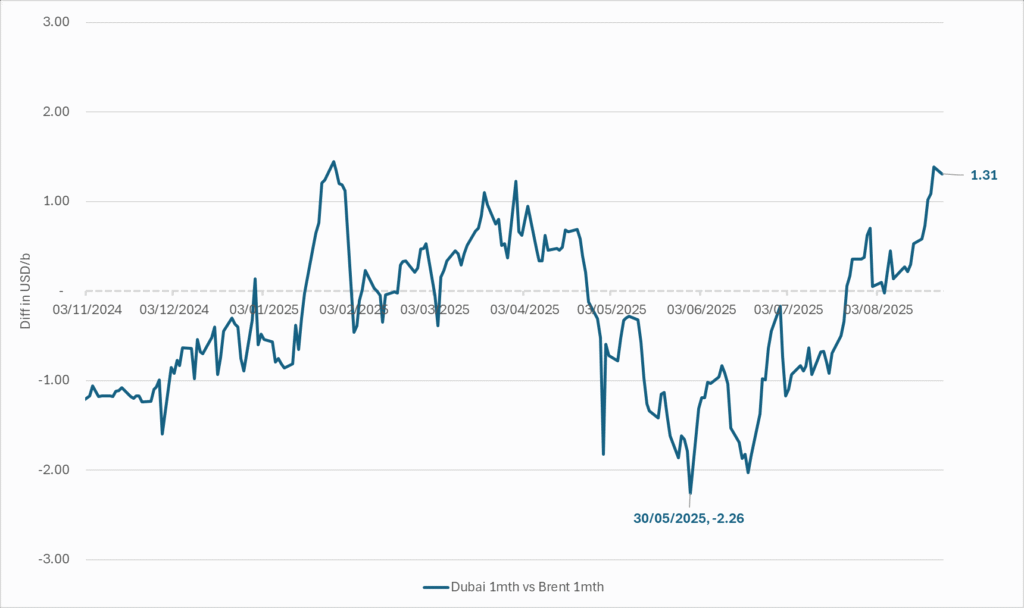
The Brent crude oil forward curve (latest in white) keeps stuck in backwardation at the front end of the curve. I.e. it is still a tight crude oil market at present. The smile-effect is the market anticipation of surplus down the road.
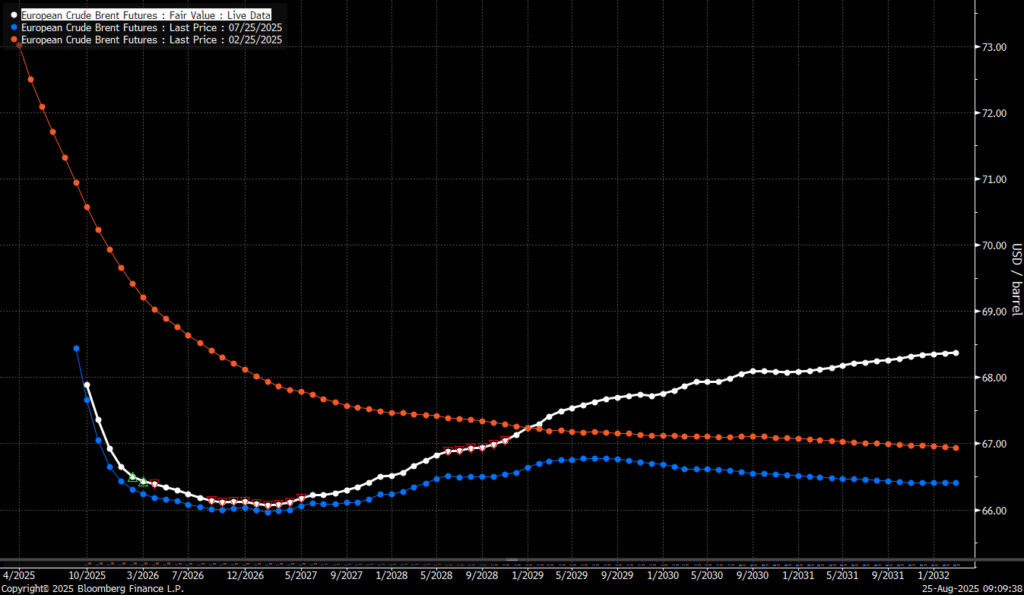
Analys
Brent edges higher as India–Russia oil trade draws U.S. ire and Powell takes the stage at Jackson Hole

Best price since early August. Brent crude gained 1.2% yesterday to settle at USD 67.67/b, the highest close since early August and the second day of gains. Prices traded to an intraday low of USD 66.74/b before closing up on the day. This morning Brent is ticking slightly higher at USD 67.76/b as the market steadies ahead of Fed Chair Jerome Powell’s Jackson Hole speech later today.

No Russia/Ukraine peace in sight and India getting heat from US over imports of Russian oil. Yesterday’s price action was driven by renewed geopolitical tension and steady underlying demand. Stalled ceasefire talks between Russia and Ukraine helped maintain a modest risk premium, while the spotlight turned to India’s continued imports of Russian crude. Trump sharply criticized New Delhi’s purchases, threatening higher tariffs and possible sanctions. His administration has already announced tariff hikes on Indian goods from 25% to 50% later this month. India has pushed back, defending its right to diversify crude sourcing and highlighting that it also buys oil from the U.S. Moscow meanwhile reaffirmed its commitment to supply India, deepening the impression that global energy flows are becoming increasingly politicized.
Holding steady this morning awaiting Powell’s address at Jackson Hall. This morning the main market focus is Powell’s address at Jackson Hole. It is set to be the key event for markets today, with traders parsing every word for signals on the Fed’s policy path. A September rate cut is still the base case but the odds have slipped from almost certainty earlier this month to around three-quarters. Sticky inflation data have tempered expectations, raising the stakes for Powell to strike the right balance between growth concerns and inflation risks. His tone will shape global risk sentiment into the weekend and will be closely watched for implications on the oil demand outlook.
For now, oil is holding steady with geopolitical frictions lending support and macro uncertainty keeping gains in check.
Oil market is starting to think and worry about next OPEC+ meeting on 7 September. While still a good two weeks to go, the next OPEC+ meeting on 7 September will be crucial for the oil market. After approving hefty production hikes in August and September, the question is now whether the group will also unwind the remaining 1.65 million bpd of voluntary cuts. Thereby completing the full phase-out of voluntary reductions well ahead of schedule. The decision will test OPEC+’s balancing act between volume-driven influence and price stability. The gathering on 7 September may give the clearest signal yet of whether the group will pause, pivot, or press ahead.
-
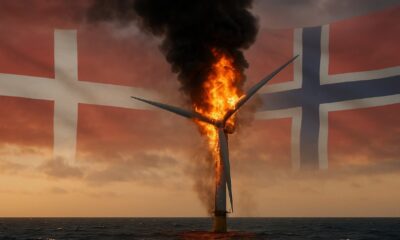
 Nyheter3 veckor sedan
Nyheter3 veckor sedanOmgående mångmiljardfiasko för Equinors satsning på Ørsted och vindkraft
-

 Nyheter4 veckor sedan
Nyheter4 veckor sedanLundin Gold hittar ny koppar-guld-fyndighet vid Fruta del Norte-gruvan
-

 Nyheter1 vecka sedan
Nyheter1 vecka sedanMeta bygger ett AI-datacenter på 5 GW och 2,25 GW gaskraftverk
-

 Nyheter3 veckor sedan
Nyheter3 veckor sedanGuld stiger till över 3500 USD på osäkerhet i världen
-

 Analys3 veckor sedan
Analys3 veckor sedanWhat OPEC+ is doing, what it is saying and what we are hearing
-

 Nyheter4 veckor sedan
Nyheter4 veckor sedanAlkane Resources och Mandalay Resources har gått samman, aktör inom guld och antimon
-

 Nyheter1 vecka sedan
Nyheter1 vecka sedanAker BP gör ett av Norges största oljefynd på ett decennium, stärker resurserna i Yggdrasilområdet
-
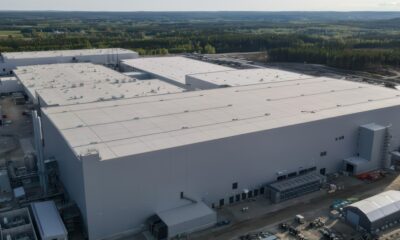
 Nyheter3 veckor sedan
Nyheter3 veckor sedanLyten, tillverkare av litium-svavelbatterier, tar över Northvolts tillgångar i Sverige och Tyskland







